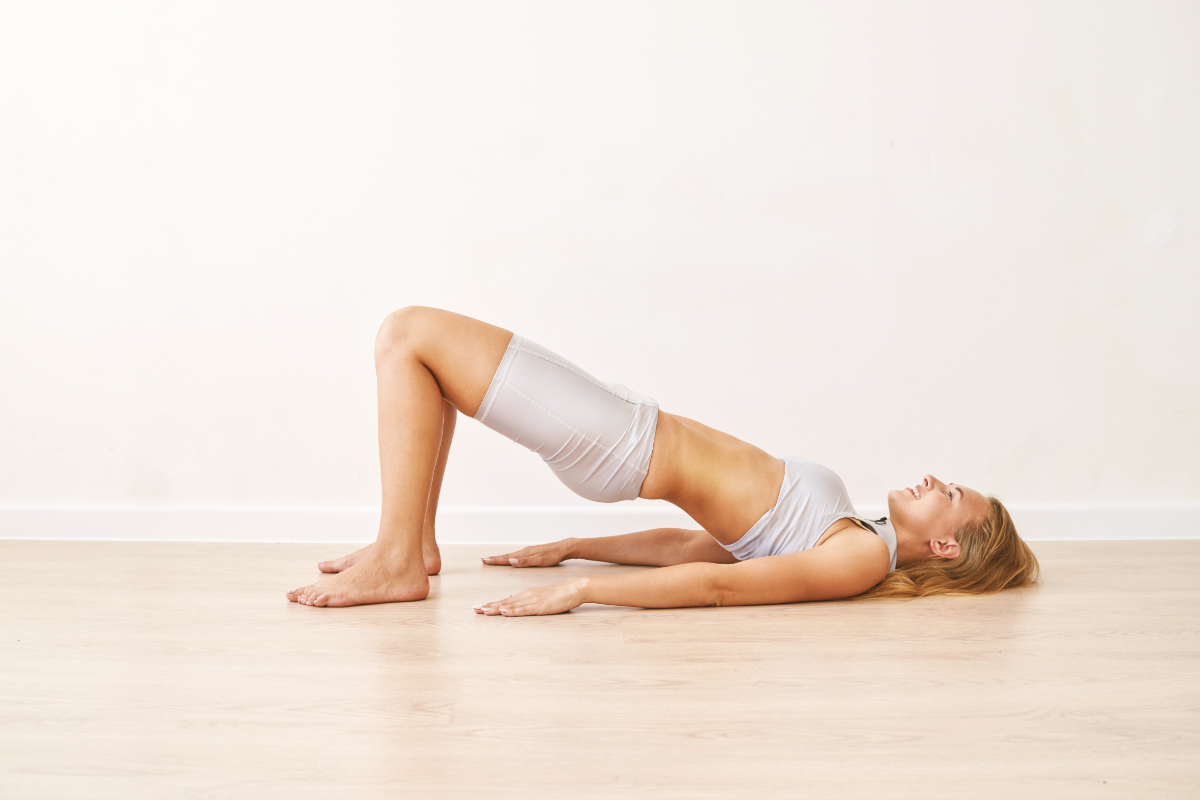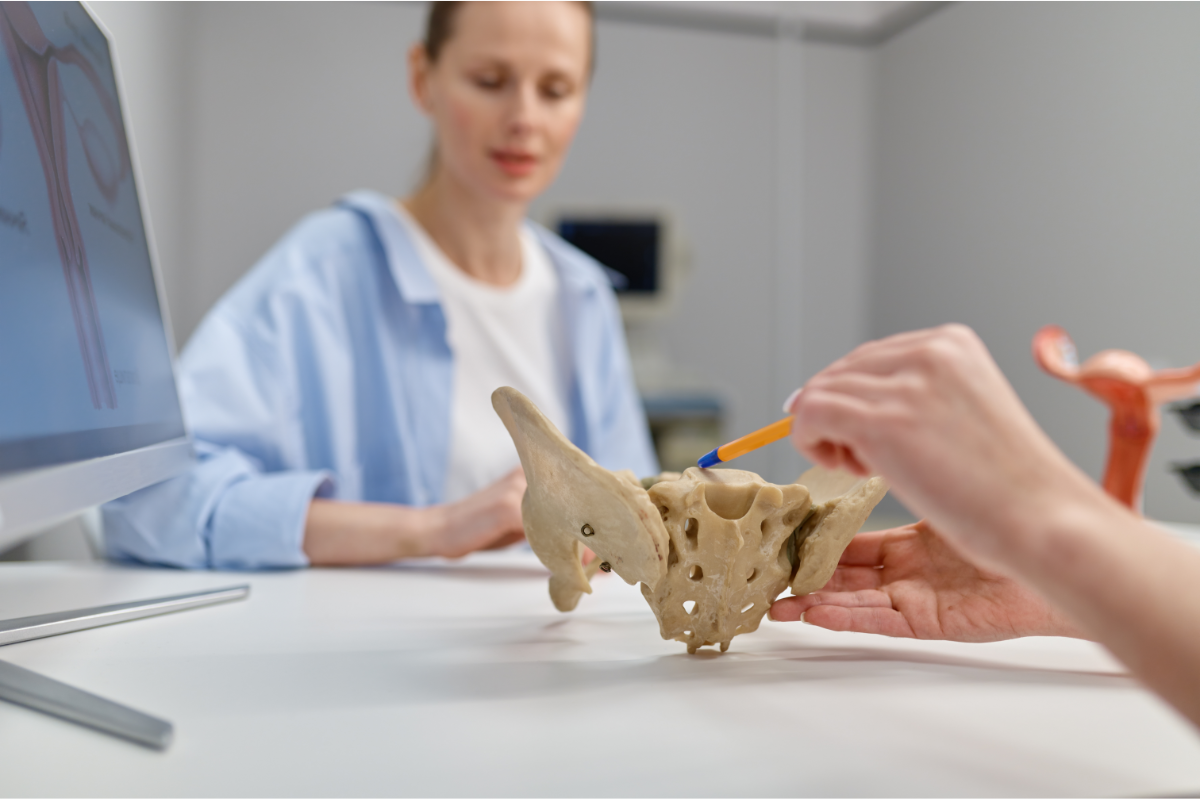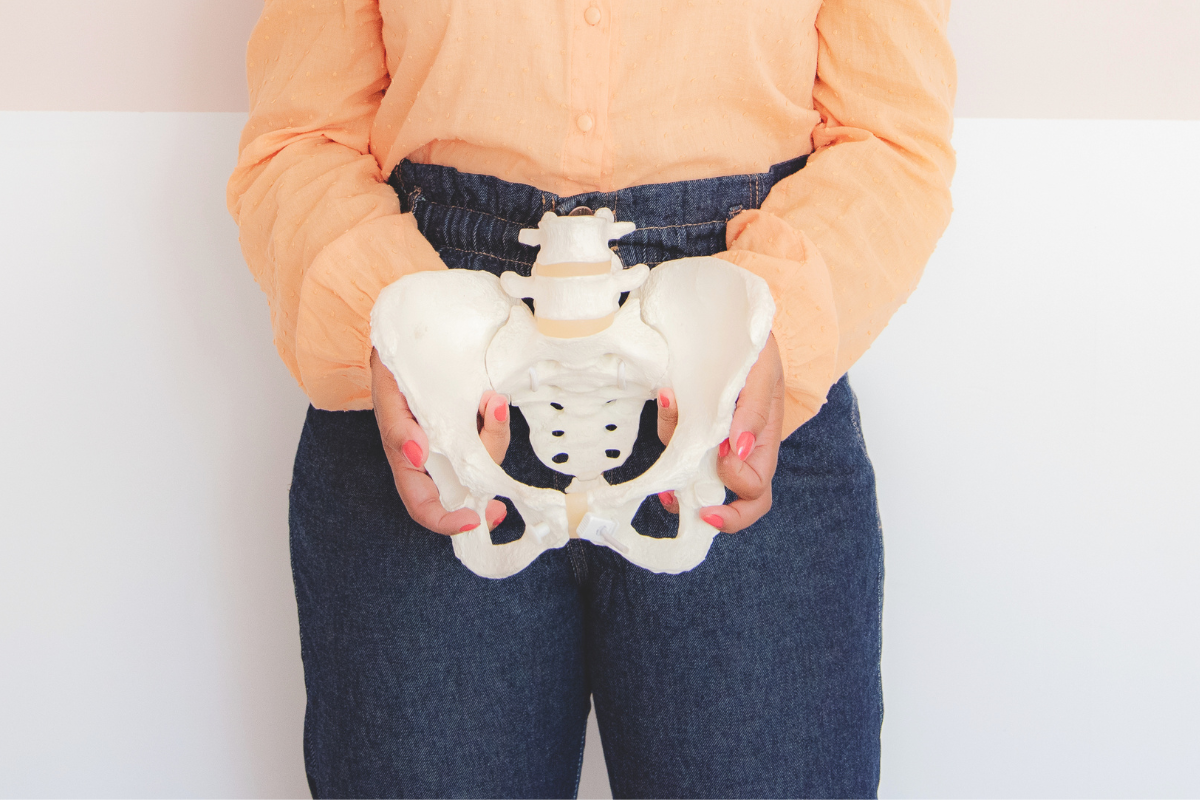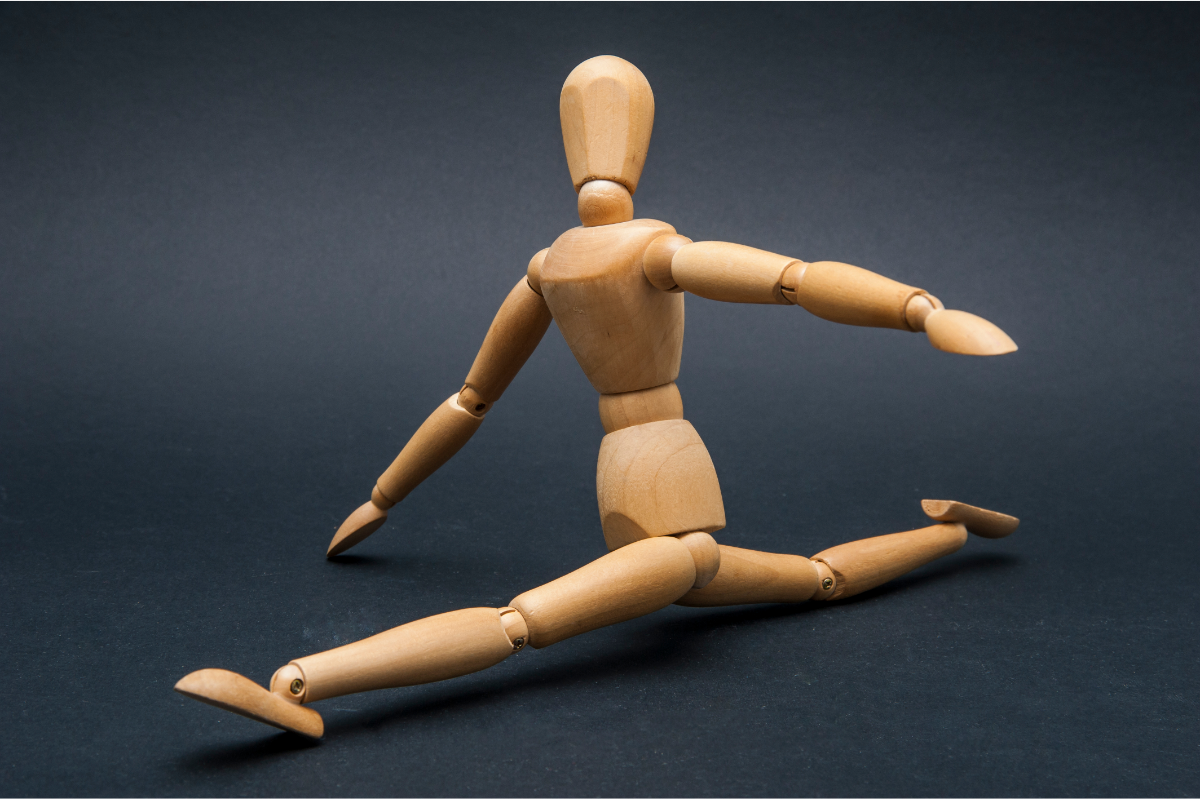What are Pelvic Floor Exercises for?
Pelvic floor exercises, commonly known as Kegel exercises, are designed to strengthen the muscles that support the bladder, uterus, and bowels. These muscles form a hammock-like structure at the base of your pelvis, playing a crucial role in urinary control, sexual function, and overall core stability. Often overlooked, the pelvic floor is integral to many daily functions, and when these muscles are weakened, it can lead to various health issues, such as incontinence, pelvic organ prolapse, and diminished sexual satisfaction.
Both men and women benefit from strengthening their pelvic floor muscles. For women, especially during pregnancy and after childbirth, these exercises can prevent or reduce the risk of incontinence and other pelvic floor disorders. For men, pelvic floor exercises can improve bladder control and sexual function, particularly after prostate surgery.
Despite their importance, pelvic floor exercises are frequently underutilized due to lack of awareness or misconceptions. Many people aren’t sure how to perform them correctly, or they may not realize how much these exercises can enhance their quality of life. By understanding what pelvic floor exercises are, how they work, and why they matter, individuals can take proactive steps toward improving their health and well-being.
This article will explore the anatomy of the pelvic floor, the key benefits of these exercises for both men and women, and practical tips for incorporating them into your daily routine.
2. Pelvic Floor Anatomy: Understanding Its Function in the Body
The pelvic floor is a group of muscles and ligaments that stretch across the base of the pelvis, forming a supportive hammock for critical organs like the bladder, uterus (in women), and rectum. These muscles control urinary and bowel functions, help with sexual performance, and stabilize the core. The pelvic floor is also involved in supporting the weight of internal organs, particularly during pregnancy, and plays a crucial role in the birthing process. Weakness or dysfunction in these muscles can lead to issues like incontinence, pelvic organ prolapse, and diminished core stability.
The pelvic floor is made up of two layers: the superficial muscles, responsible for voluntary control of urination and defecation, and deeper muscles that contribute to core strength and stability. Together, these muscles need to function in harmony to maintain control and support the body. Strengthening the pelvic floor helps ensure that these vital functions remain optimal.
3. Benefits of Pelvic Floor Exercises for Men and Women
Pelvic floor exercises, often referred to as Kegels, offer numerous benefits for both men and women. These exercises strengthen the muscles that control bladder and bowel movements, enhance sexual satisfaction, and improve overall core stability.
For women, pelvic floor exercises are particularly beneficial during and after pregnancy, as they help prevent or reduce issues like urinary incontinence and pelvic organ prolapse. They also assist in a smoother postpartum recovery, reducing the risk of pelvic floor damage after childbirth. In addition, Kegels can improve sexual function by increasing vaginal muscle tone and sensation.
For men, pelvic floor exercises help improve bladder control, particularly after prostate surgery, and enhance sexual health by addressing issues like premature ejaculation and erectile dysfunction. By strengthening these muscles, men can achieve better control over their urinary and sexual functions.
4. How Pelvic Floor Exercises Can Improve Urinary Incontinence
Urinary incontinence, the involuntary leakage of urine, is a common condition that affects millions of people worldwide. One of the most effective ways to manage and improve urinary incontinence is through pelvic floor exercises. These exercises target the muscles that control the bladder, helping them become stronger and more responsive.
Stress incontinence, often triggered by activities like coughing, sneezing, or exercising, occurs when the pelvic floor muscles are too weak to prevent urine leakage. Strengthening these muscles through regular exercise improves their ability to close off the urethra and prevent accidental leakage.
Urge incontinence, characterized by a sudden and intense need to urinate, can also be managed by strengthening the pelvic floor. Stronger pelvic muscles help delay the urge to urinate and maintain better bladder control, reducing the frequency of accidents.
5. Pelvic Floor Exercises and Sexual Health: Enhancing Sensation and Performance
A strong pelvic floor is directly related to improved sexual health for both men and women. For women, strengthening these muscles can increase blood flow to the pelvic region, enhancing arousal and sensation during intercourse. Toned vaginal muscles can lead to more intense orgasms and overall sexual satisfaction. For men, pelvic floor exercises can improve erectile function by increasing blood flow to the penis, as well as helping with issues like premature ejaculation.
By regularly performing pelvic floor exercises, both men and women can experience enhanced control over their sexual performance, increased sensitivity, and an overall improvement in their intimate lives. These exercises can also help alleviate certain sexual dysfunctions, making them an essential part of sexual health and well-being.
6. Pregnancy and Postpartum: How Exercises Strengthen and Prevent Future Issues
During pregnancy, the weight of the growing baby puts significant pressure on the pelvic floor muscles, often leading to weakness or dysfunction. Pelvic floor exercises can help strengthen these muscles, preparing the body for the physical demands of childbirth and reducing the risk of complications like urinary incontinence or pelvic organ prolapse.
Postpartum, these exercises play a crucial role in recovery. After childbirth, many women experience pelvic floor weakness, which can result in urinary leakage or discomfort. Kegel exercises help restore muscle tone, promote healing, and prevent long-term pelvic floor issues. Incorporating these exercises into a daily routine during pregnancy and after childbirth can lead to a quicker recovery and long-term pelvic health.
7. Tips for Practicing Kegel Exercises Correctly
Performing Kegel exercises correctly is essential to achieving the desired results. Here are some tips to ensure you’re doing them properly:
- Identify the Right Muscles: The easiest way to locate your pelvic floor muscles is by trying to stop your urine flow midstream. These are the muscles you’ll need to contract during Kegel exercises.
- Proper Technique: Once you’ve identified the muscles, contract them for about 5 seconds, then relax for 5 seconds. Repeat this process 10-15 times, up to three times a day. Ensure you’re not using surrounding muscles like those in your abdomen, thighs, or buttocks.
- Breathe Normally: Avoid holding your breath while performing the exercises. Instead, breathe steadily and keep your body relaxed.
- Consistency is Key: Results take time, so it’s important to make Kegel exercises a regular part of your routine. Aim to practice them at least three times a day for the best results.
8. Factors That Affect the Effectiveness of Pelvic Floor Exercises: Age, Health Conditions, and Exercise Routine
Several factors can influence the effectiveness of pelvic floor exercises. Age plays a significant role, as muscles naturally weaken with time, making it more difficult to see quick results. However, regular exercise can still improve muscle tone, even for older adults.
Certain health conditions, like obesity, chronic constipation, or respiratory issues, can put added strain on the pelvic floor, making it harder to strengthen the muscles. Similarly, surgical procedures, particularly for prostate issues in men or gynecological conditions in women, can impact pelvic floor health.
Finally, the consistency and correctness of the exercise routine are critical to success. Performing the exercises regularly, with proper technique, ensures that the muscles are being strengthened effectively. Over time, consistent practice can lead to long-term improvements in pelvic health.
9. Signs That You Are Doing the Exercises Correctly
Knowing whether you’re performing pelvic floor exercises correctly can be challenging, but there are signs to look out for:
- Gradual Improvement in Bladder Control: One of the first indicators is improved control over urinary functions, especially during activities that usually cause leakage, like sneezing or exercising.
- Increased Sensation: Over time, many individuals notice heightened sensitivity during sexual activities, which is a positive sign of stronger pelvic muscles.
- No Tension in Other Areas: If you’re performing Kegel exercises correctly, you shouldn’t feel tension in your abdomen, thighs, or buttocks. The focus should be solely on contracting and relaxing the pelvic muscles.
If you’re unsure whether you’re doing them right, consulting a healthcare professional, such as a pelvic floor therapist, can be beneficial. They can provide guidance and ensure you’re practicing the exercises correctly for optimal results.
10. Incorporating Pelvic Floor Exercises into Your Daily Routine for Long-Term Benefits
Pelvic floor exercises offer numerous health advantages, from improving bladder control and enhancing sexual function to supporting recovery during pregnancy and postpartum. However, to fully reap these benefits, consistency is key. Like any form of exercise, the pelvic floor muscles require regular attention to maintain strength and function over time.
Incorporating these exercises into your daily routine doesn’t have to be time-consuming or difficult. Simple changes, such as doing Kegel exercises while sitting at your desk, during your commute, or even while watching TV, can make a big difference. The beauty of pelvic floor exercises is their versatility; they can be done almost anywhere, anytime, without anyone noticing.
To achieve long-term results, aim to practice Kegel exercises three times a day, making them as natural a part of your daily habits as brushing your teeth or stretching. For those with existing pelvic floor issues, integrating these exercises with other strengthening activities, such as Pilates or yoga, can further enhance core stability and pelvic health.
The cumulative effect of daily practice leads to greater muscle endurance, improved control, and a reduced risk of conditions like incontinence and pelvic organ prolapse. By making pelvic floor exercises a permanent part of your routine, you invest in your overall well-being, ensuring that these crucial muscles remain strong and functional as you age.
In conclusion, pelvic floor exercises are a powerful, simple tool for maintaining and improving pelvic health throughout your life. When practiced consistently, they can lead to significant improvements in bladder control, sexual health, and overall quality of life, helping you stay active and confident well into the future.

I’m Hillary Swan, a certified fitness trainer specializing in women’s health and pelvic floor strength. I’m passionate about empowering others to improve their core wellness through targeted exercises. Let’s strengthen our bodies together for a healthier, more confident life.











